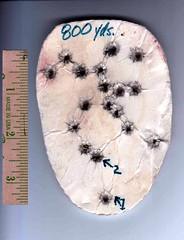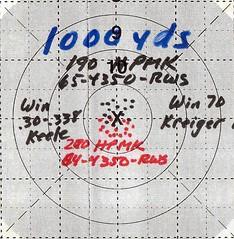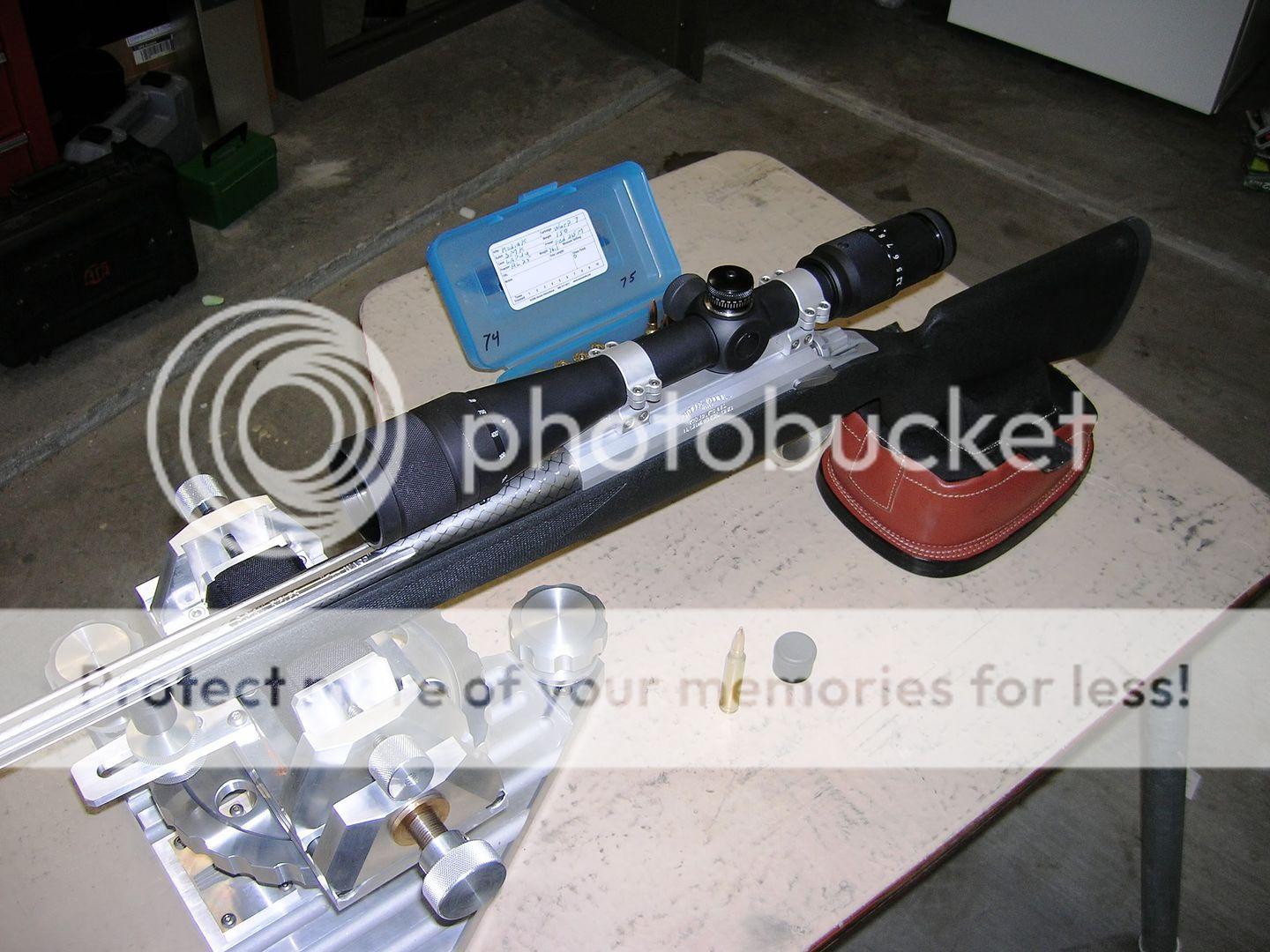Mikecr
Well-Known Member
Boss, I couldn't qualify my observations with any detail. But I have a very good chronograph, calibrated Quickload files, and I see lower 1st shot velocities that vary from barrel to barrel.
I expect that my first shot will be lower in velocity than any followup/heated shot. The bore is cold(er), which slows burn rate. The cold bore is also larger initially, reducing pressure. With the next warm barrel shot, burn rate is getting faster, and the bore is constricting(gradient), raising pressure and velocity. By shot 5 the bore temp should be hot & fairly stable, and temps have sinked throughout the barrel. So the bore is now re-expanding to a stable point, and burn rate stabilizes to provide higher velocity, despite the expanded bore.
Now, even if POI holds through this at close range, it won't at distance. So I focus on the only shot that counts.
Can't think of any reason this would seem uncommon.
I expect that my first shot will be lower in velocity than any followup/heated shot. The bore is cold(er), which slows burn rate. The cold bore is also larger initially, reducing pressure. With the next warm barrel shot, burn rate is getting faster, and the bore is constricting(gradient), raising pressure and velocity. By shot 5 the bore temp should be hot & fairly stable, and temps have sinked throughout the barrel. So the bore is now re-expanding to a stable point, and burn rate stabilizes to provide higher velocity, despite the expanded bore.
Now, even if POI holds through this at close range, it won't at distance. So I focus on the only shot that counts.
Can't think of any reason this would seem uncommon.



